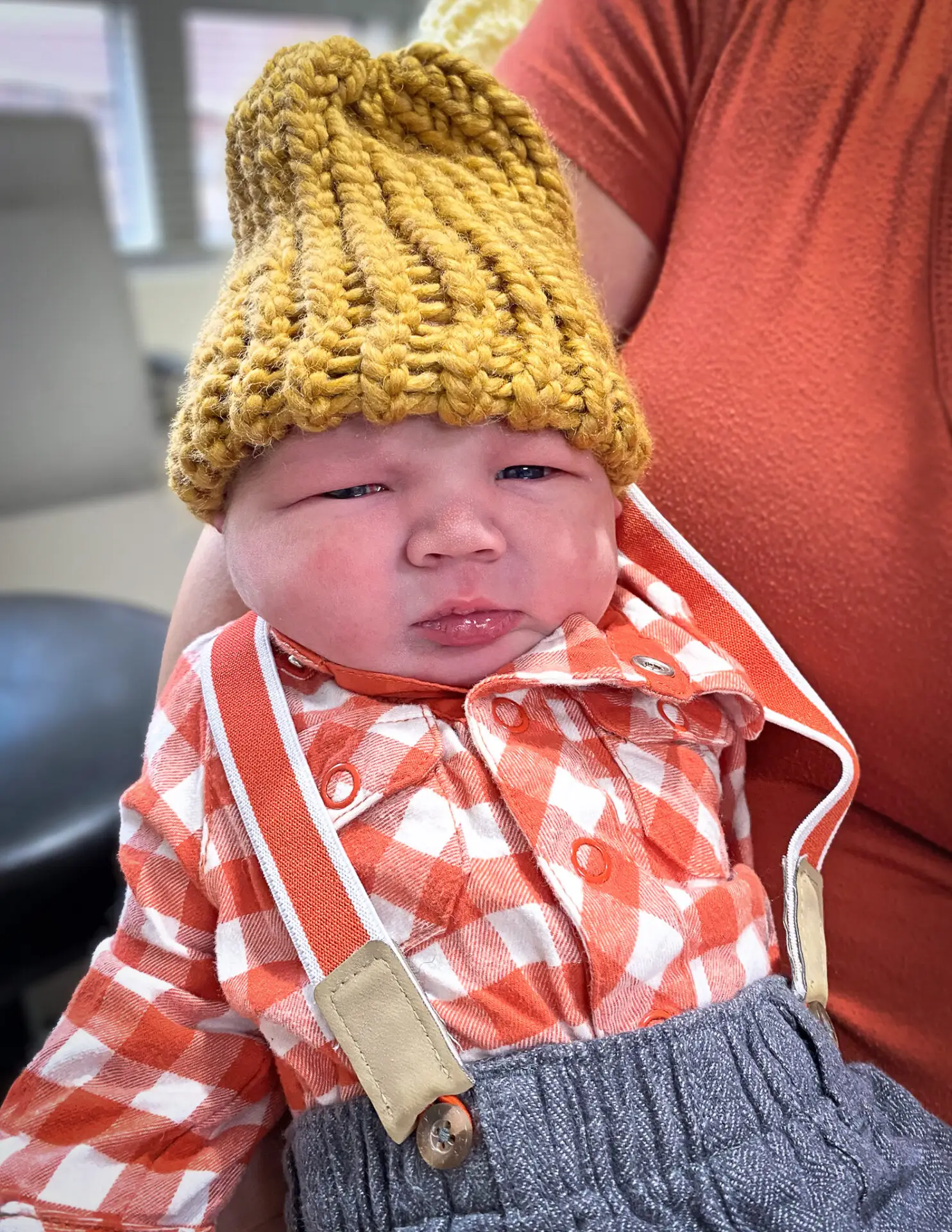“I see no cavities, but you should get his teeth looked at by an orthodontist,” the dentist informed me during my twelve-year-old son’s teeth cleaning.
“Why? Is there something wrong with his teeth?”
He explained that my son had a slight overbite.
“Is that bad?” I asked him. “Will it hurt him in some way?”
“I’m not sure,” he said, “but they can tell you if he needs braces.”
As we left the office, I turned to my handsome boy and asked him if he wanted braces.
“No, why would I want braces?”
Good question, being that an overbite is a normal part of an Indo-European skull.
Now, two years later, it’s my daughter’s 12th birthday, with the opportune invite arriving in the mail for a free orthodontist exam.
“I feel like my teeth are tight on the bottom,” she tells me while pulling her lips back to view her reflection in the mirror.
I don’t see anything wrong, but I agree to listen to what the orthodontist has to say.
“She needs braces,” the orthodontist says, pulling his mask down to expose pearly whites.
“But does she really need them?” I ask him, my eyes scanning her mouth for flaws.
“Yes, make an appointment on your way out” is the reply.
My daughter is excited to pick the color of rubber bands that will decorate her upcoming silver smirk—just like her friends. Braces are the coolest thing for middle-schoolers.
I explain to her, if the insurance pays for the newly desired grill she can partake in the uncomfortable mechanical procedure. Otherwise, I really don’t see anything wrong and iterate to her that she has a beautiful smile.
When we arrive for the appointment, they request $1,000 down and then several years of $200 per month payments, around $5,000 dollars in total. I learn dental insurance does not usually pay for the cosmetic procedure, unless it is deemed medically necessary, or if you purchase the additional dental coverage.
I find myself apologizing as I explain to my daughter that we are not getting her the coveted braces.
She is disappointed, although accepts her fate. I notice she seems worried that she doesn’t have a pretty smile. I guess this new perception makes sense after she was just told by a professional that her teeth are undesirable.
What is with the cultural desire for Americans to all look the same with movie star teeth, this need to have our teeth glow like giant white Chiclets or perfectly lined white picket fences? I explain to my daughter how I love the character teeth can bring a smile. I adored my grandpa’s gap made to hold a toothpick; one front tooth wrapped in a sparkling gold crown. My heart flutters when I see a crooked grin. I’m mesmerized by an overbite that accentuates plump lips. A smile can easily become unmemorable after being “fixed.”
Over the past two decades, the number of North American teenagers in orthodontic treatment has nearly doubled, so that 80% of our youth are currently in an orthodontist’s care. Utah has hundreds of orthodontists in practice, with only one operating out of Moab. You will find the waiting room seats filled to capacity, with a line of children standing and sitting against the walls, waiting for a tedious turn to have their braces tightened and adjusted.
Some studies suggest orthodontia might, in fact, cause tooth decay and enamel decalcification, and by forcing teeth to move can expose the roots of the teeth above the gum line.
I was a teenager visiting my dentist uncle when he offered to file my fangs. The sharp canines were buzzed to a dull tip. I still miss my sharp, vampiric feature. Was I so scary to look at?
All this makes me wonder why we are fixing something that isn’t broken. It makes me wonder why we are telling our children they are broken.
I explain to my twelve-year-old, that if her teeth cause long-term pain, a malformed snaggletooth is making her self-conscious, or if she tightens her lips with embarrassment when she wants to laugh, I will sign her up for the corrective procedure. But like with most Moab smiles, hers is not a serious case. By today’s standards, most of us have become candidates for braces, our given teeth replaced with bleached, engineered, common perfection: the all-American smile.
Singer Emmylou Harris sang it best, “Now, is there anyone left with teeth just a little uneven?”
I say to my exceptional looking daughter if she wants to have an artificial unremarkable smile like so many others, too bad.
Cactus Rose Moloney is a published horror novelist, freelance writer for newspapers, has worked in public relations, and was once a librarian on the island of Borneo in Southeast Asia. She earned a degree in Journalism and English from Colorado State University. She splits her time between Moab, Utah, and Soldotna, Alaska.



